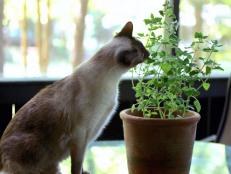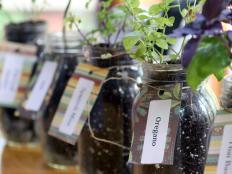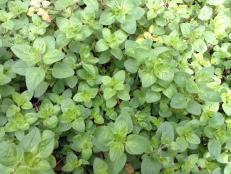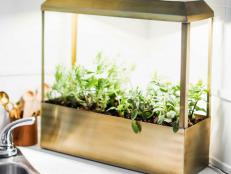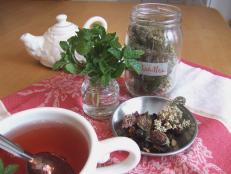1 / 14
Photo: New Africa
Growing Herbs Indoors
Fresh herbs can thrive year-round indoors as long as you provide direct sunlight and protect them from cold drafts in northern regions. Keep fresh herbs always at hand by filling pots with soil for containers and arranging them on a bright windowsill. When designing a windowsill herb garden, help prevent overwatering by tucking plants into plain pots that you slip into pretty cachepots. Always empty the cachepot each time you water your herbs. Browse our favorite herbs that are perfect for growing indoors, no matter where you're located.







